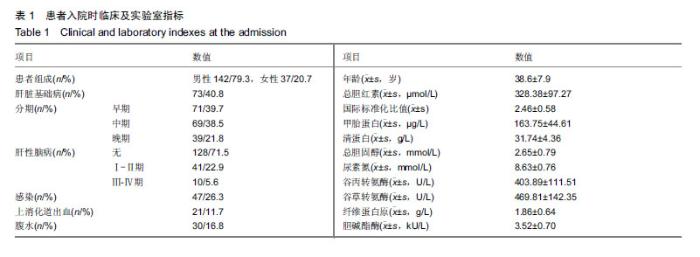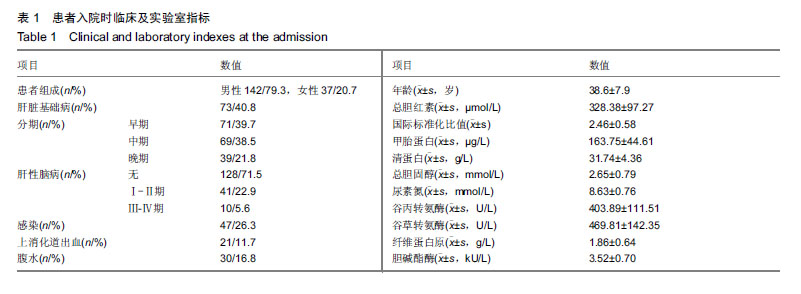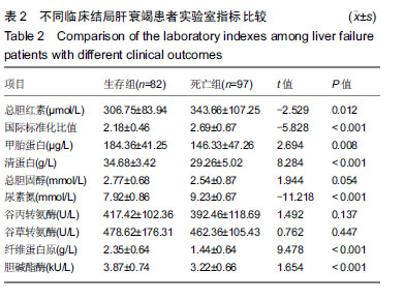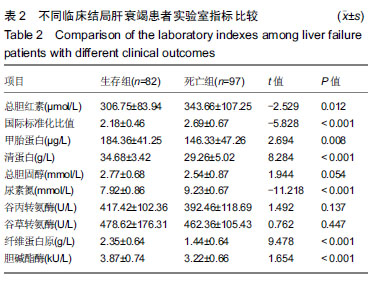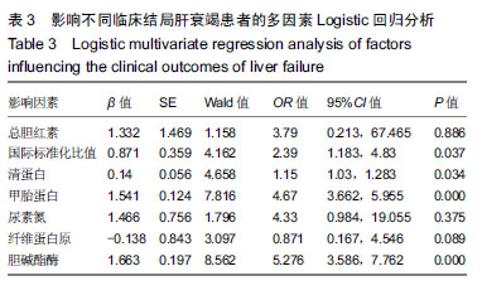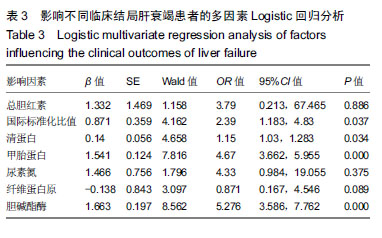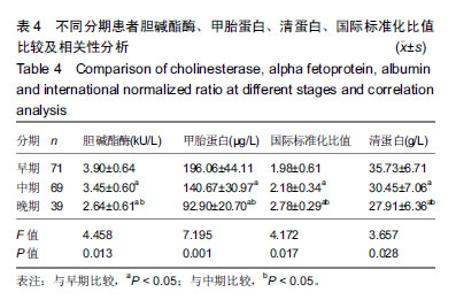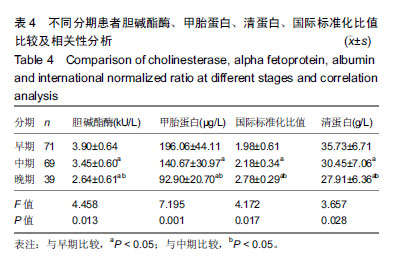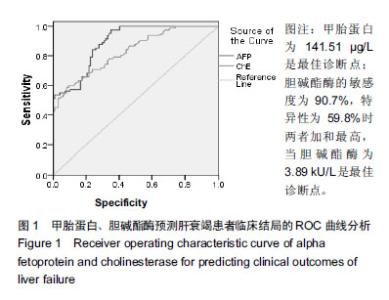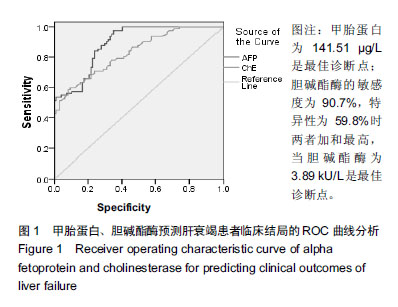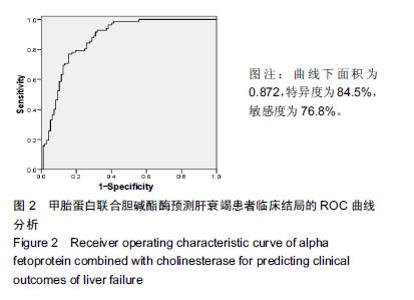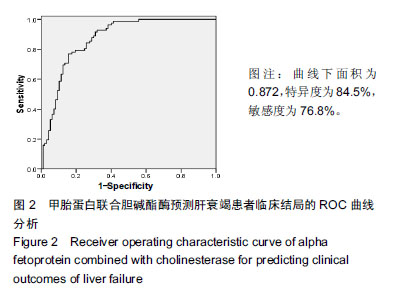| [1]Yonekawa C,Nakae H, Tajimi K, et al. Effectiveness of combining plasma exchange and continuous hemodiafiltration in patients with postoperative liver failure. Artif Organs.2015; 29(4):324-328.[2]Khalili T M, Navarro A, Ting P, et al. Bioartificial liver treatment prolongs survival and lowers intracranial pressure in pigs with fulminant hepatic failure. Artif Organs.2015; 25(7):566-570.[3]Barosa R, Roque R L, Patita M, et al. CLIF-C ACLF score is a better mortality predictor than MELD, MELD-Na and CTP in patients with Acute on Chronic Liver Failure admitted to the ward. Rev Esp Enferm Dig.2017;109(6):399-405.[4]Fu J, Guo D, Gao D, et al. Clinical analysis of patients suffering from chronic hepatitis B superinfected with other hepadnaviruses. J Med Virol. 2016; 88(6):1003-1009.[5]Yuan W , Zhang Y Y , Zhang Z G , et al. Risk factors and outcomes of acute kidney injury in patients with hepatitis B virus-related acute-on-chronic liver failure. Am J Med Sci.2017; 353(5):452-458.[6]郭飞波.肝硬化伴肝癌患者血氨、甲胎蛋白、胆碱酯酶、肝纤维化指标与Child-Pugh分级的相关性[J].中国免疫学杂志, 2017, 33(8):1209-1212.[7]段志文,武杨屏,范晶华,等.不同血液净化方式治疗各型肝衰竭的临床疗效比较[J].中国中西医结合急救杂志, 2016, 23(4):390-392.[8]Shalimar, Rout G, Jadaun SS , et al. Prevalence, predictors and impact of bacterial infection in acute on chronic liver failure patients.Dig Liver Dis.2018; 50(11):1225-1231.[9]谭立明,蒙仪妹,隆婷婷,等.降钙素原、D-二聚体、C-反应蛋白对慢加急性肝衰竭患者并发感染的临床意义[J].实用医学杂志,2018,34(3):410-415.[10]区淑华, 陈永鹏, 姜荣龙,等.核苷(酸)类药物治疗慢性乙型肝炎停药后复发相关肝衰竭预后分析[J].中华肝脏病杂志,2016, 24(4):252-257.[11]K?r?s T, Avc? E, Çelik A. Combined value of left ventricular ejection fraction and the Model for End-Stage Liver Disease (MELD) score for predicting mortality in patients with acute coronary syndrome who were undergoing percutaneous coronary intervention. BMC Cardiovasc Disord.2018;18(1):44.[12]Cristina M, Giuseppe M, Guido S, et al. Prognostic Significance of Controlled Attenuation Parameter in Patients With Compensated Advanced Chronic Liver Disease. Hepatol Commun.2018; 2(8):929-940.[13]陈翀.MELD评分与血清总胆固醇水平评估失代偿期乙肝肝硬化患者预后的价值[D].合肥:安徽医科大学,2011.[14]倪清涛,杨永峰.肝衰竭预后模型研究新进展[J].实用肝脏病杂志, 2016, 19(4):500-504.[15]Pannu AK , Bhalla A , Rao C , et al. Delta model for end-stage liver disease and delta clinical prognostic indicator as predictors of mortality in patients with viral acute liver failure. Int J Crit Illn Inj Sci.2017; 7(4):252-255.[16]Gao F, Sun L, Ye X, et al. Development and validation of a prognostic model for acute-on-chronic hepatitis B liver failure. Eur J Gastroenterol Hepatol.2017; 29(6):669-678. [17]Varshney A,Gupta R,Verma SK, et al. Alpha-fetoprotein as a prognostic marker in acute liver failure: a pilot study. Trop Doct, 2017, 47(3):202-205.[18]Hu T, Yao L, Hu A, et al. Nucleos(t)ide analogs improves the long-term prognosis in patients with chronic hepatitis B-associated liver failure. Hepatol Res.2017;47(4):347-358.[19]乔艳,吕飒,李晨,等. 酒精性肝衰竭患者临床特征分析[J]. 肝脏,2016, 21(12):1023-1026. |
